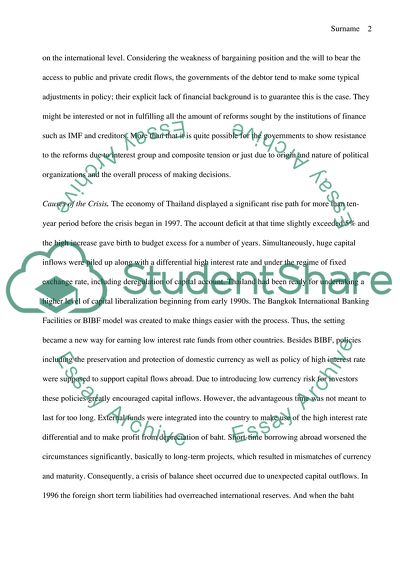Cite this document
(“1997-1998 Asian financial crisis Term Paper Example | Topics and Well Written Essays - 3000 words”, n.d.)
Retrieved from https://studentshare.org/macro-microeconomics/1690137-1997-1998-asian-financial-crisis
Retrieved from https://studentshare.org/macro-microeconomics/1690137-1997-1998-asian-financial-crisis
(1997-1998 Asian Financial Crisis Term Paper Example | Topics and Well Written Essays - 3000 Words)
https://studentshare.org/macro-microeconomics/1690137-1997-1998-asian-financial-crisis.
https://studentshare.org/macro-microeconomics/1690137-1997-1998-asian-financial-crisis.
“1997-1998 Asian Financial Crisis Term Paper Example | Topics and Well Written Essays - 3000 Words”, n.d. https://studentshare.org/macro-microeconomics/1690137-1997-1998-asian-financial-crisis.


